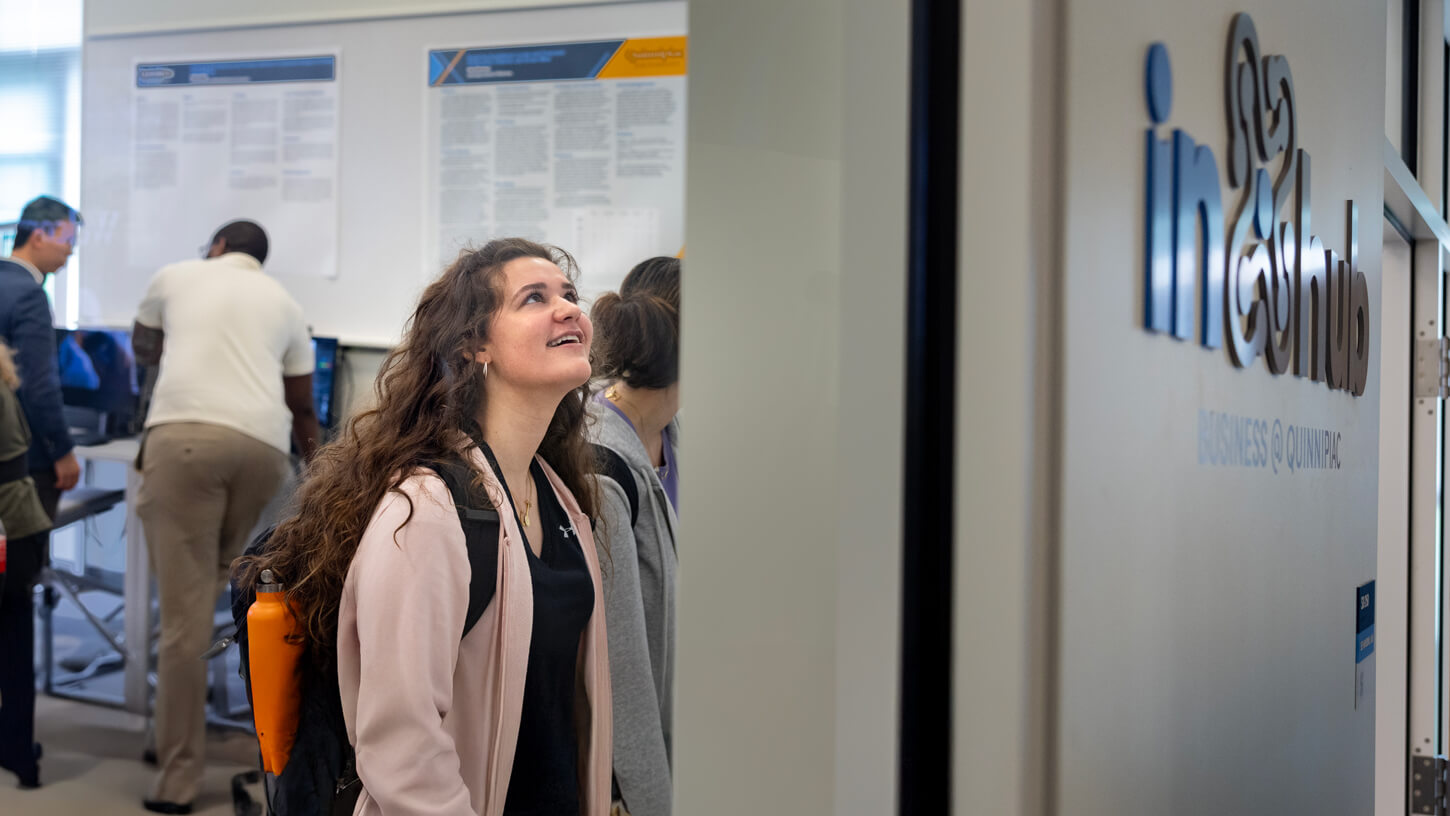
We are committed to cultivating a diverse community of scholars, students and professionals who are driven by a shared passion for exploration and discovery. Through cutting-edge technology, interdisciplinary collaboration and the mentorship of emerging talent, we drive advancements in the academic understanding and practical implications of behavioral research.
The lab houses cutting-edge equipment and software to design, execute, manage and schedule studies. Along with 10 dedicated workstations and two high-powered laptops, the lab has:
- Tobii Eye Tracking hardware and software: This software and equipment allows us to test what people pay attention to when viewing advertisements, videos, websites and other screen-based content.
- Noldus Facereader emotion detection software: With this software, we can read people’s emotions while interacting with screen-based content. Emotion reading and eye tracking can be tested simultaneously.
- Sawtooth choice-based conjoint software: Want to determine what attributes are important to consumers when purchasing products? This software allows us to design studies to answer these questions.
- E-Prime response time software: We often need to understand the level at which individuals are thinking versus automatically responding to stimuli without much thought. This software allows us to test this, along with allowing us to understand what combinations of stimuli might conflict with consumer beliefs. These are important factors when developing advertising messages and other communications.
- ESRI ArcGIS geographical analysis software: Ever wonder about population, health, commercial or other characteristics across a geographic region? ArcGIS allows for easy geographic depiction of these things. Numerous datasets can be overlaid onto maps with this software to answer marketing problems like where a business should be located.
- Qualtrics Survey Software: This is the gold standard for survey software. Many marketing studies are based on surveys and experiments that can be designed in Qualtrics.
- Linguistics Inquiry: If you are interested in identifying content categories in text data like data you might have scraped from the web, or if you are interested in understanding the amount of elaboration that goes into a verbal response to a question, this software allows users to investigate these types of questions.
- Adobe Creative Cloud: You name it, you can create it. Adobe’s Creative Cloud allows for image, video and audio editing, along with animation and other cutting edge creative content makers.
- SONA lab scheduling system / Behavioral lab subject pool: Running a behavioral research lab is complicated. We have software to manage the day-to-day operations of the lab.

